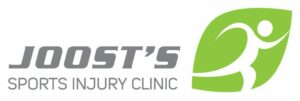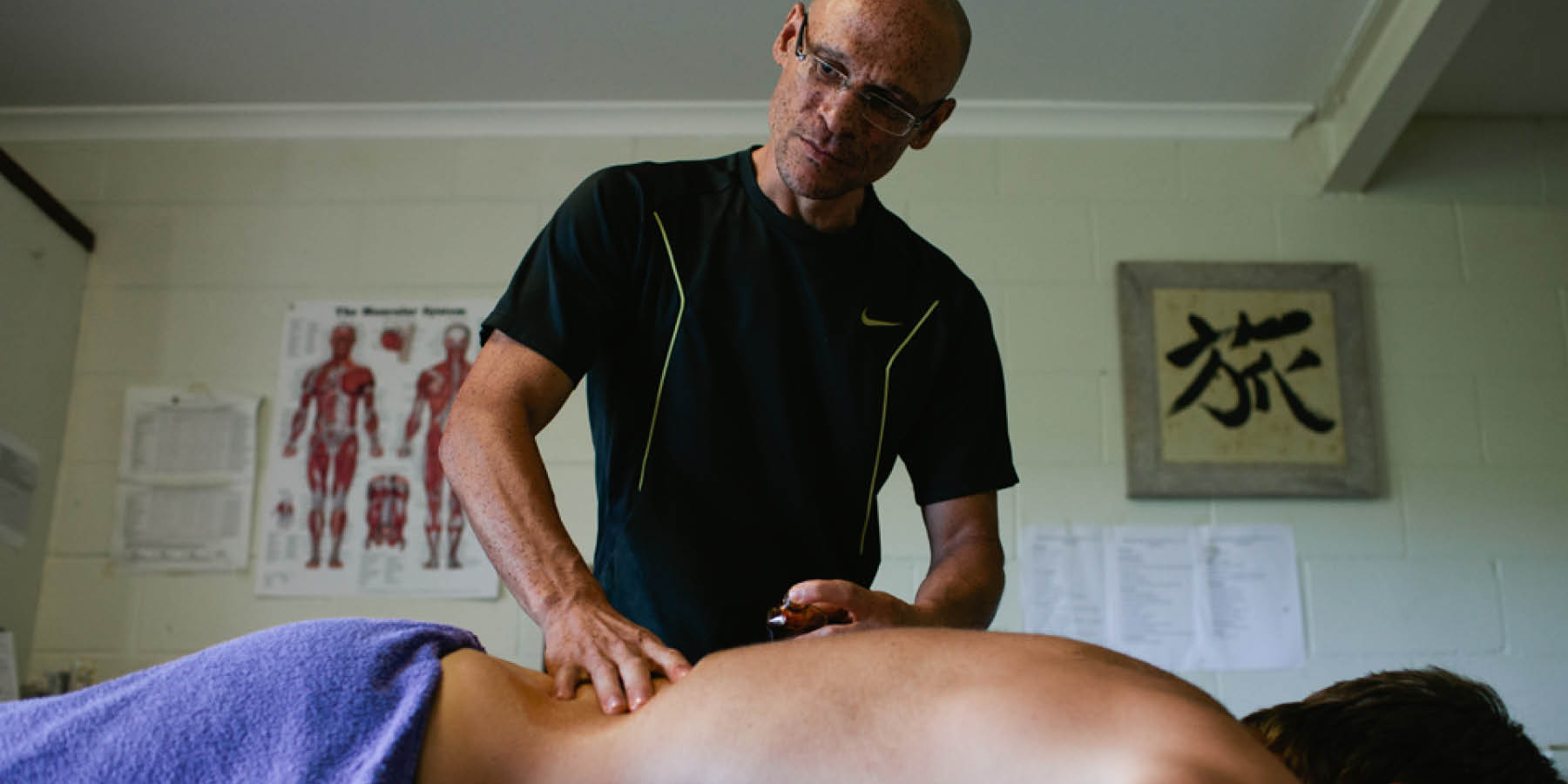Do you suffer from herniated or bulging discs, sciatica, or other associated pathologies with back problems?
Back pain is a health concern for most people in Australia at some point in their lives. At Joost’s Sports Injury Clinic, Sunshine Coast we encourage you, if you haven’t already, to try traditional Chinese medicine as part of your mission for freedom from pain and an overall healthier life.
Discs can become herniated in response to a sports injury trauma that an athlete may or may not remember occurring. Or can become damaged from years of neglect of the spine, micro trauma repeated over long periods of time, and pressure from vertebrae which have remained misaligned and out of place causing weakening of the fibrous outer layer. Once a disc has bulged or herniated it can create strain on these delicate nerve structures, causing inflammation, pain and can be a very limiting problem.
Within the Western medical model, optional solutions include spinal surgery, physical therapy, pharmaceutical intervention and cortisone type injections. These are perfectly acceptable modalities but what if they don’t alleviate the pain? And do these solutions also address the underlying cause for back weakness in the first place?
Traditional Chinese Medicine (TCM) has been practiced for several thousand years in Asia and has gained popularity in the last decade in Western cultures. According to Traditional Chinese Medicine, pain results from blocked energy (‘Qi’) along energy pathways of the body, these can be unblocked through a number of different techniques of TCM.
TCM encompasses the modalities of acupuncture, herbal medicine (including poultices), cupping, moxibustion, Tui Na or medical massage and often includes nutritional therapy and Qi Gong. These techniques may release natural pain-relievers in the body, send signals to the sympathetic nervous system, and release other neurochemicals and hormones which aid in the healing process.
At Joost’s Sports Injury Clinic, moxa and Chinese herbs are generally used to reduce inflammation in both the disc and the nerves and where appropriate, the treatment may also require the application of an herbal poultice. Resolution may take a number of sessions depending on many variables such as age, age of the injury, fitness level, diet, weight etc. These sessions would also either include or be followed up with soft tissue work and some stretching to help release muscular and structural tension.
Tips to consider:
When receiving treatment remember to offer feedback to your therapist and let them know if the treatment “doesn’t feel right”. Whilst some degree of pain or discomfort can be expected during treatments, as injuries are quite often deep and so require deep penetration of tissue to reach and resolve, there is still a significant difference between healing pain and damaging pain. You will know and feel the difference. Tell your therapist to stop or at the very least pull back and go more shallow. It’s important to be comfortable and know your limits to prevent further damage.
Thoughts to ponder:
“SAQ” (Should-ask Questions) Questions you should ask before a TCM treatment:
- Other than using MRI and CT Scans to guide a treatment, does your therapist know what a disc inflammation or herniation feels like through palpation?
- How will your therapist reduce the inflammation? (damaged tissue almost always has some inflammation)
- Will they do any manipulation or adjustments before the inflammation is reduced? (This requires some consideration as generally adjusting an inflamed area may cause an injury to respond negatively)
- Should I continue exercising? (In general you should be able to with modifications however this will also depend on the kind of exercise you wish to engage in and your injury)
We want to help you get pain free and start living again! At Joost’s Sports Injury Clinic you can learn more about TCM and treatments for bulging and herniated discs and many other common painful injuries and start feeling better today!

